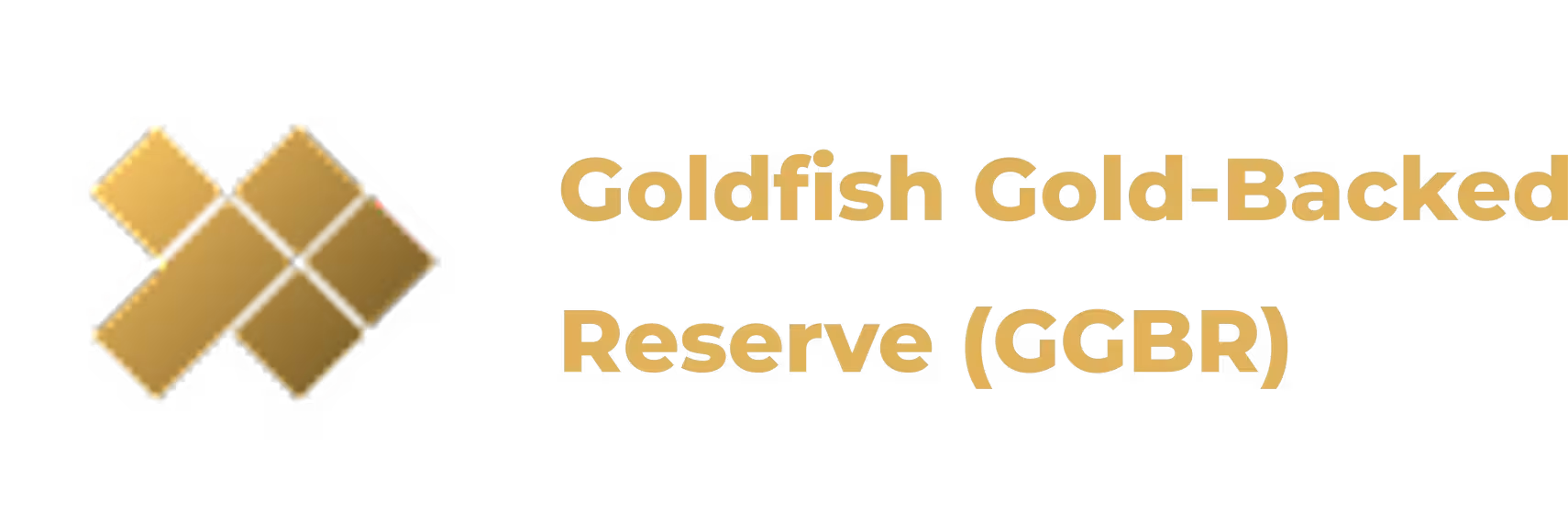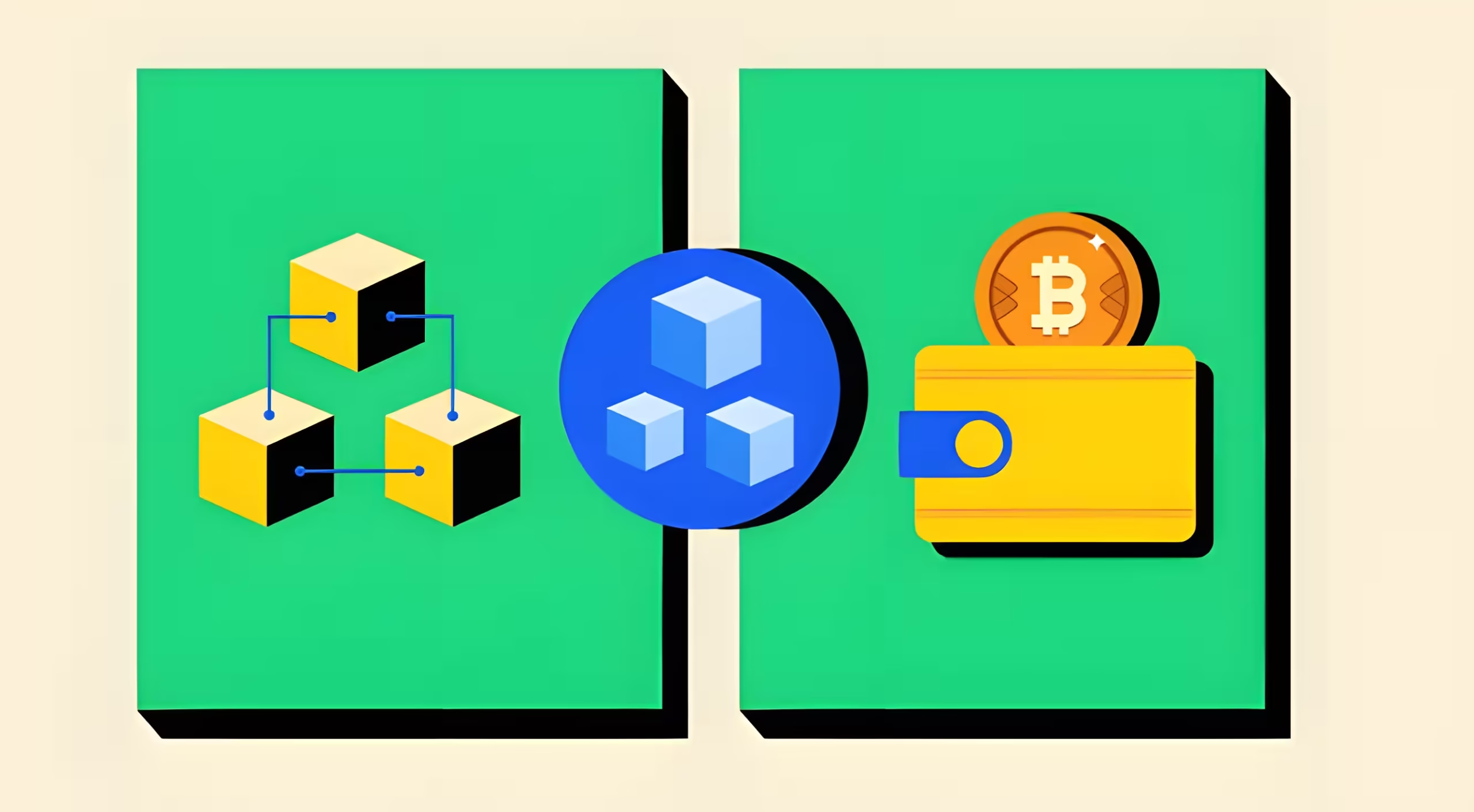The world of digital assets has moved far beyond simple cryptocurrencies like Bitcoin. Today, investors interact with tokens backed by commodities, currencies, and even in-situ reserves. To make these assets credible, redemption mechanisms play a central role. Redemption is not just a technical function. It is the backbone of trust in asset-backed tokens. Investors want to know that their digital holdings can be exchanged for real value when needed. This is where on-chain and off-chain redemption mechanisms come into play. Both systems exist to protect investors, but they differ in execution, transparency, and risks. Understanding these differences is vital for anyone considering tokenized assets.
On-Chain Redemption Mechanisms in Blockchain Ecosystems
On-chain redemption mechanisms use blockchain technology directly. They rely on smart contracts, which are programs stored on the blockchain. These contracts enforce redemption rules automatically, without manual oversight. For instance, when an investor redeems a token, the smart contract may burn that token from circulation. Simultaneously, it may record proof that reserves were released or accounted for. This entire process is verifiable by anyone who examines the blockchain. The biggest advantage here is transparency. No hidden steps exist because every redemption event is logged publicly. This reduces counterparty risk and builds trust in the system. Investors no longer have to rely on an institution’s word. Instead, they can verify outcomes themselves. Additionally, automation lowers costs. Without intermediaries, on-chain redemption can happen faster and cheaper. That makes it appealing for global investors who want efficiency and accountability.
Benefits of On-Chain Redemption for Market Participants
- Unmatched Transparency – Every redemption action is permanently visible on the blockchain. This visibility prevents manipulation and creates strong accountability.
- True Automation – Once programmed, smart contracts operate without human discretion. This limits delays and ensures fair treatment for all participants.
- Stronger Security – Because the rules are embedded in the code, it is difficult for any party to alter redemption terms unfairly.
These features make on-chain redemption a cornerstone of decentralized finance (DeFi). Projects using it appeal to investors who value transparency above convenience. However, the system is not flawless. Smart contracts can contain coding errors. Once deployed, these errors are difficult to fix, which may lead to vulnerabilities. Investors must verify that projects undergo third-party audits before trusting their capital.
Off-Chain Redemption Mechanisms and Their Real-World Importance
Off-chain redemption is the traditional model. Instead of relying on code, it uses an issuing company, custodian, or intermediary to handle redemptions. In this system, when an investor submits a redemption request, the company verifies ownership and processes the request manually. This might involve bank transfers, physical delivery of commodities, or adjustments in accounting records. While this approach seems slower, it has clear strengths. Off-chain redemption supports regulatory requirements, identity verification, and fraud prevention. These steps are essential in industries like finance, where compliance protects both issuers and investors. For example, a token backed by gold reserves in the ground may require a redemption claim to pass through legal checks. The issuer ensures that the claim matches reserves validated under NI 43-101 standards. While the process takes longer, it ensures legitimacy.
Benefits of Off-Chain Redemption for Asset Stability
- High Flexibility – Issuers can adapt redemption processes to market needs and investor preferences.
- Regulatory Alignment – Off-chain models allow compliance with laws on identity verification, taxation, and cross-border trade.
- Liquidity Management – By keeping oversight, issuers can balance supply and reserves more actively, which helps maintain token stability.
Although less transparent than blockchain-based systems, off-chain redemption ensures that assets can operate in traditional financial environments. This blend of compliance and oversight is appealing for institutions.
Comparing On-Chain vs. Off-Chain Redemption: Which Works Better?
While both methods serve the same purpose, their execution differs greatly. On-chain systems prioritize transparency, while off-chain models emphasize regulation and flexibility. On-chain redemption allows any investor to track every movement on a public ledger. This appeals to those who distrust centralized entities. Off-chain redemption, however, can adapt quickly to evolving rules, making it more suitable for regulated markets.
To simplify:
| Feature | On-Chain Redemption | Off-Chain Redemption |
| Transparency | Extremely high, fully visible on-chain | Limited, issuer controls records |
| Speed | Often instant, blockchain-based | Slower, manual checks involved |
| Flexibility | Low, rules locked in smart contracts | High, adaptable to market shifts |
| Trust Model | Trust in code | Trust in institution |
| Compliance | Limited, hard to integrate with legal systems | Strong, supports regulation |
Neither system is inherently better. The choice depends on investor goals and the nature of the underlying asset.
Redemption in Gold-Backed Tokens: Trust Through Reserves
Gold-backed tokens are among the most popular examples of asset-backed cryptocurrencies. They often combine both redemption models to balance transparency and compliance. For instance, tokens may be linked to independently validated NI 43-101 gold reserves. When redeemed, the token either reflects in-situ reserves or their financial equivalent. The redemption price often follows the LBMA PM gold price +2% premium, ensuring alignment with international benchmarks. This structure reassures investors that their tokens represent more than promises. They represent measurable, independently verified reserves. The mix of on-chain tracking and off-chain compliance ensures trust and liquidity in the long run.
Risks in Redemption Mechanisms That Investors Must Consider
Every redemption model comes with risks. On-chain systems, while transparent, may suffer from technical flaws. Smart contract errors can cause financial losses. Off-chain systems, on the other hand, rely heavily on the honesty of issuers. If the issuing company fails, investors may not recover their value. Hybrid systems combine both risks. They face potential technical failures alongside operational inefficiencies. However, they also provide more balanced protection if managed responsibly. Investors should always seek proof-of-reserve reports. They should also confirm that audits are carried out by independent third parties. These safeguards protect against both technical risks and human mismanagement.
Investor Considerations When Choosing Tokenized Assets
Before investing, individuals must assess redemption mechanisms carefully. Consider the following:
- Transparency – Is redemption data publicly visible?
- Speed – How quickly are tokens redeemed for value?
- Reserve Verification – Are the reserves independently validated?
- Issuer Trustworthiness – Does the project publish audited reports?
These questions help investors avoid projects that only provide promises without proof. Strong redemption systems can protect wealth during market volatility.
Hybrid Models: Combining Strengths of On-Chain and Off-Chain
Many successful projects now use hybrid models. Smart contracts handle token issuance and burning, while companies oversee off-chain delivery of reserves. This balance brings together transparency, automation, compliance, and oversight. It reduces risks by allowing blockchain accountability while keeping regulators satisfied. Hybrid models represent the most practical path forward for global adoption.
Future of Redemption Mechanisms in Blockchain Finance
Looking ahead, redemption systems will continue to evolve. On-chain automation will become more advanced. Meanwhile, regulators will require off-chain oversight. The future will likely see a seamless mix of the two. Investors may enjoy transparent blockchain records while also benefiting from secure compliance measures. This will create stability and trust for asset-backed tokens in mainstream finance.
The Role of Goldfish in Shaping Redemption Innovation
A strong example of innovation is Goldfish Presale. This project demonstrates how tokenized systems can blend transparency with modern asset strategies. Goldfish introduces new models for asset-backed security. It emphasizes investor trust through clear mechanisms. By studying Goldfish, investors can better understand how redemption mechanisms evolve and why transparency is essential for long-term success. Projects like Goldfish serve as a bridge between experimental blockchain tools and the needs of serious investors. They highlight that redemption is not just a process—it is a promise of value.
Final Thoughts: Building Trust Through Redemption
Redemption mechanisms are more than technical systems. They are the foundation of trust in asset-backed digital tokens. On-chain redemption gives investors speed and visibility. Off-chain redemption provides compliance and flexibility. Hybrid models combine the best of both, protecting investor wealth while ensuring global applicability. Investors should always seek projects that use independently verified reserves, transparent audits, and responsible redemption practices. These elements ensure that tokens truly reflect their promised value.
In a fast-evolving digital economy, understanding redemption mechanisms is no longer optional. It is essential for protecting capital and spotting opportunities in the tokenized asset market.



